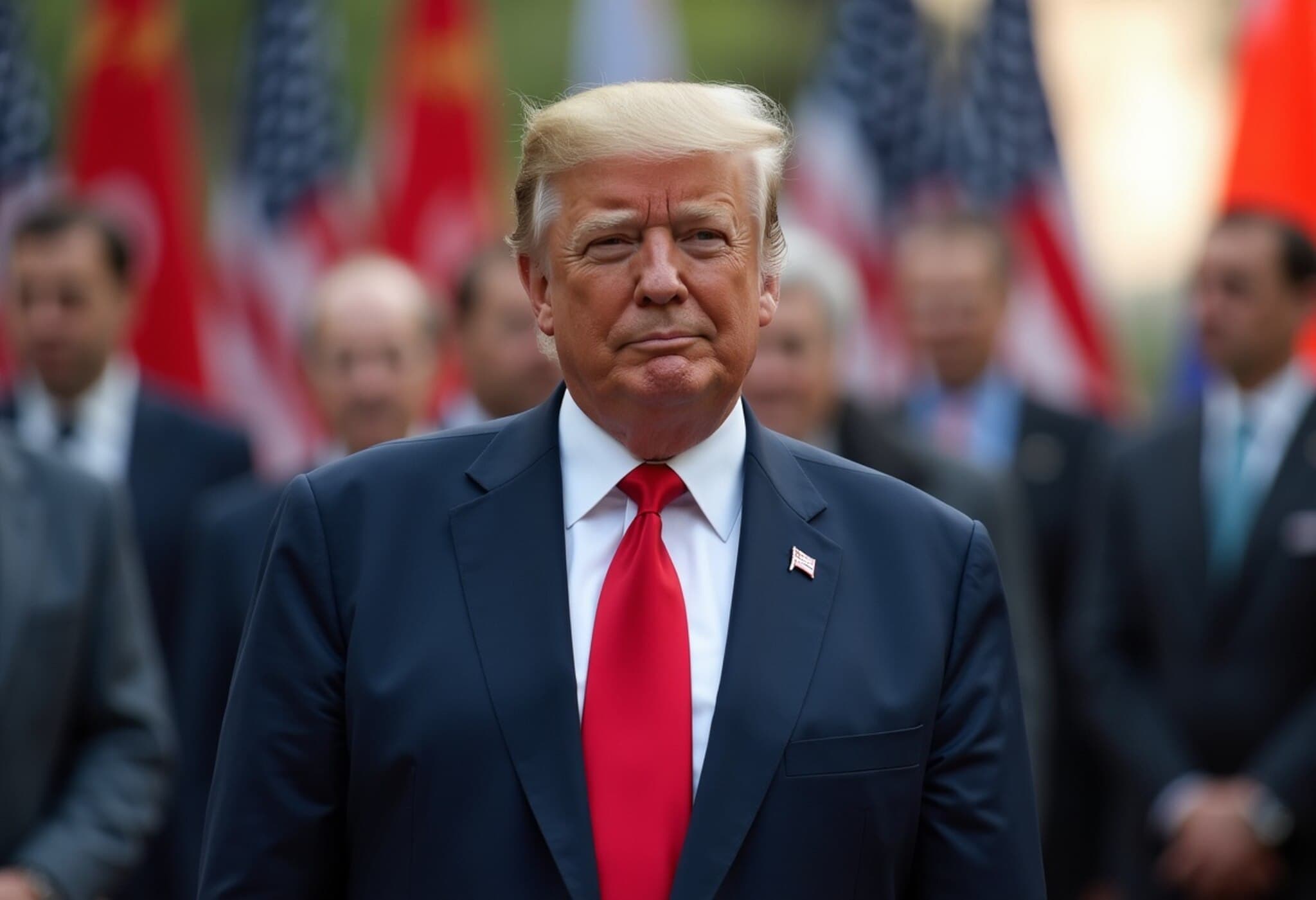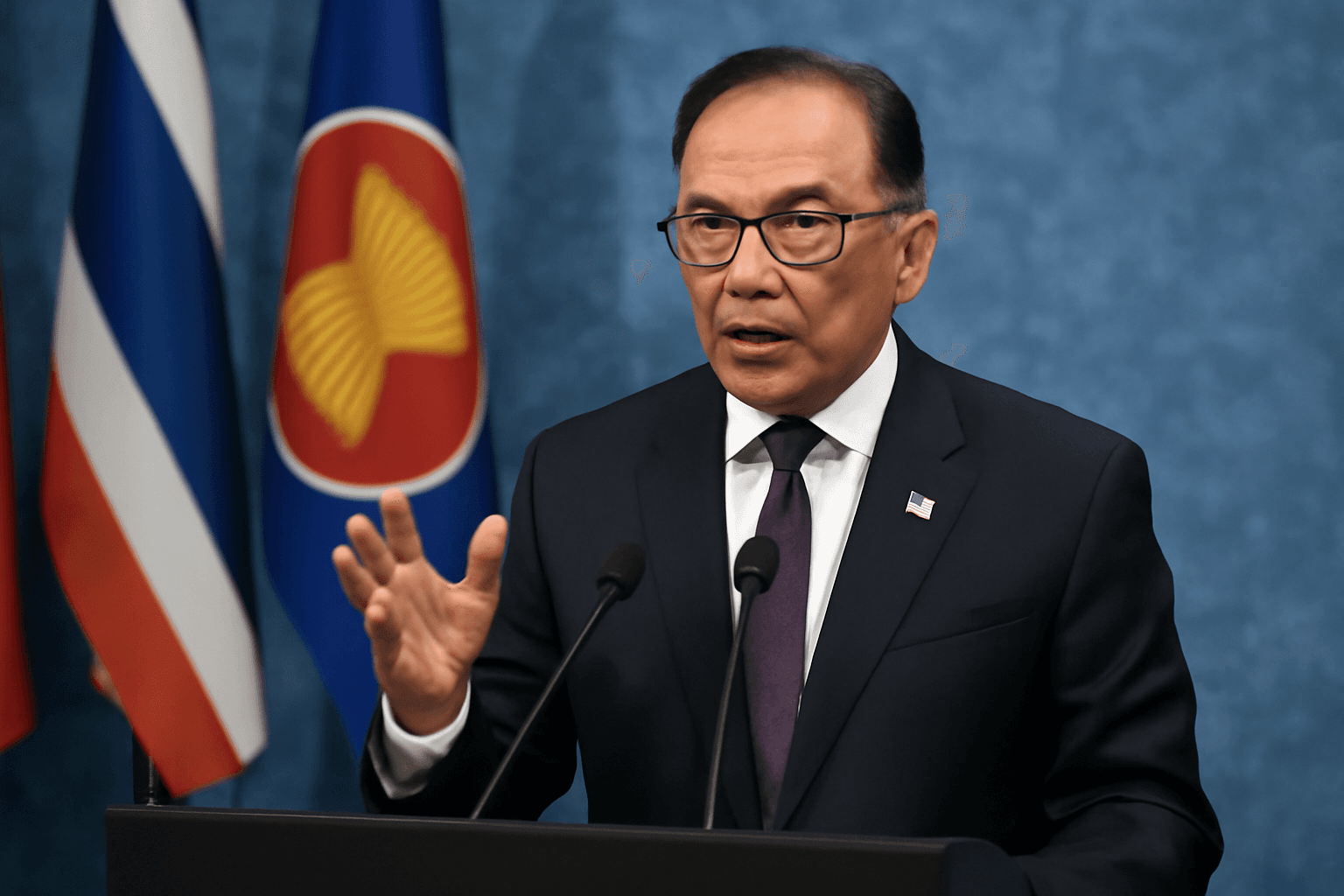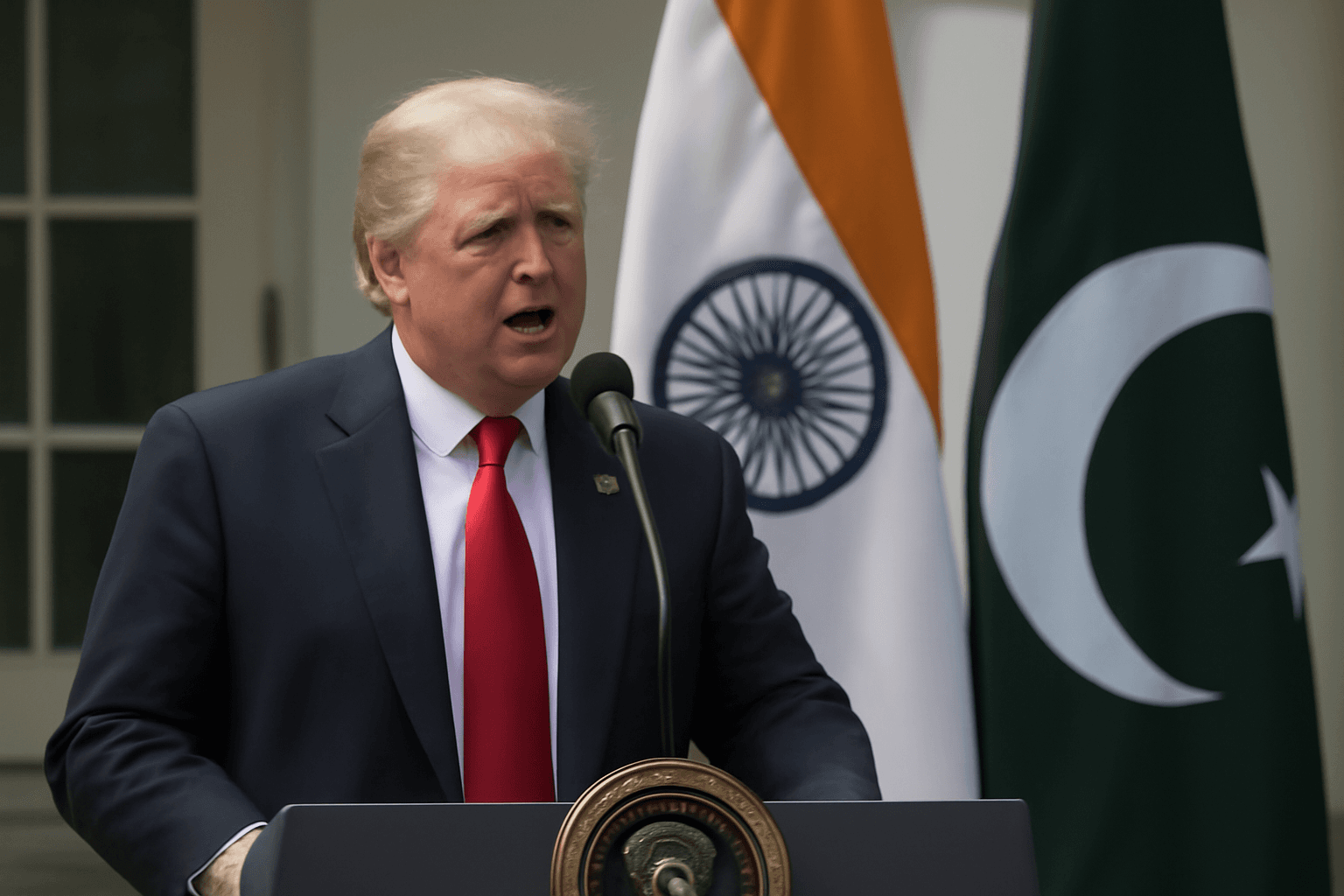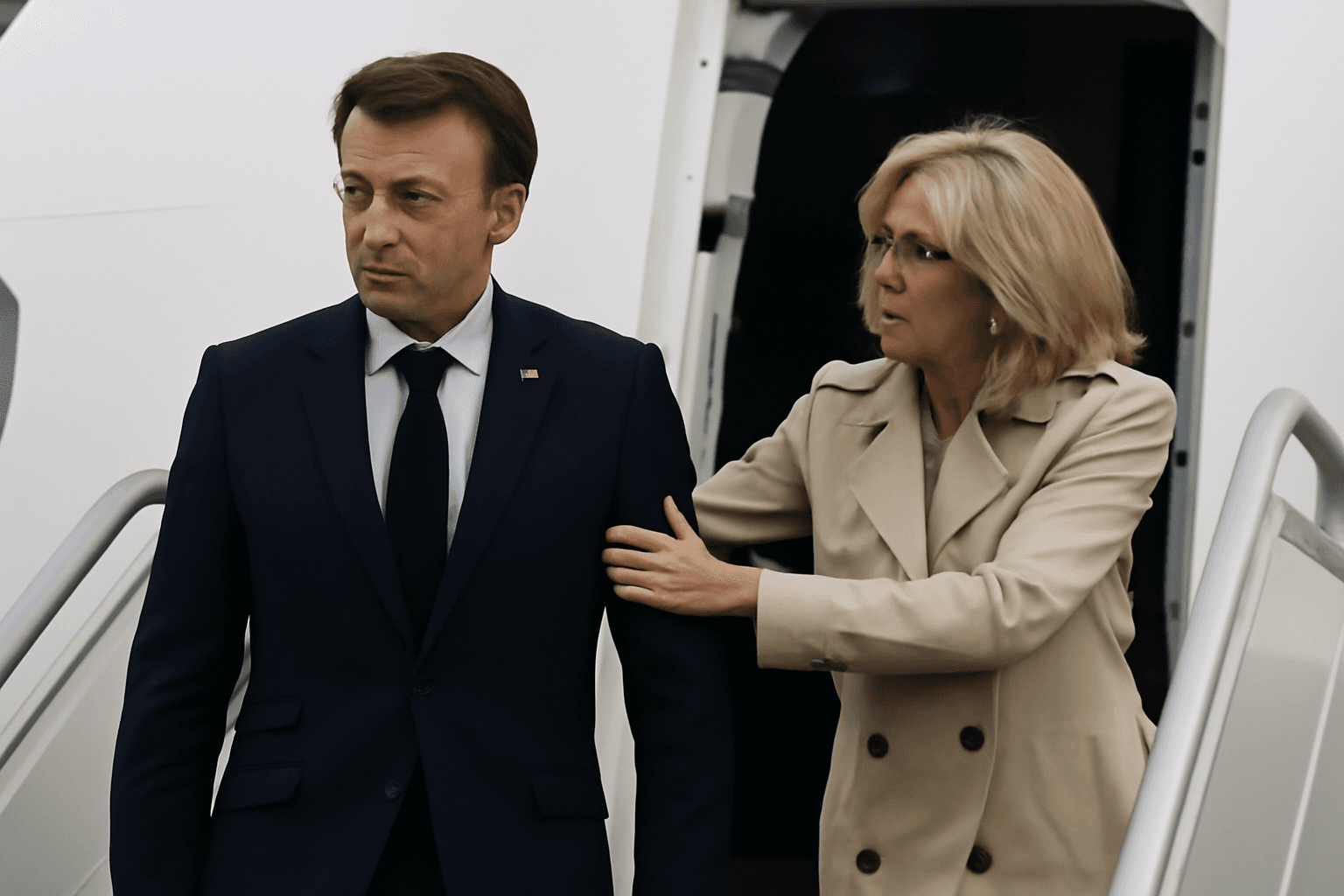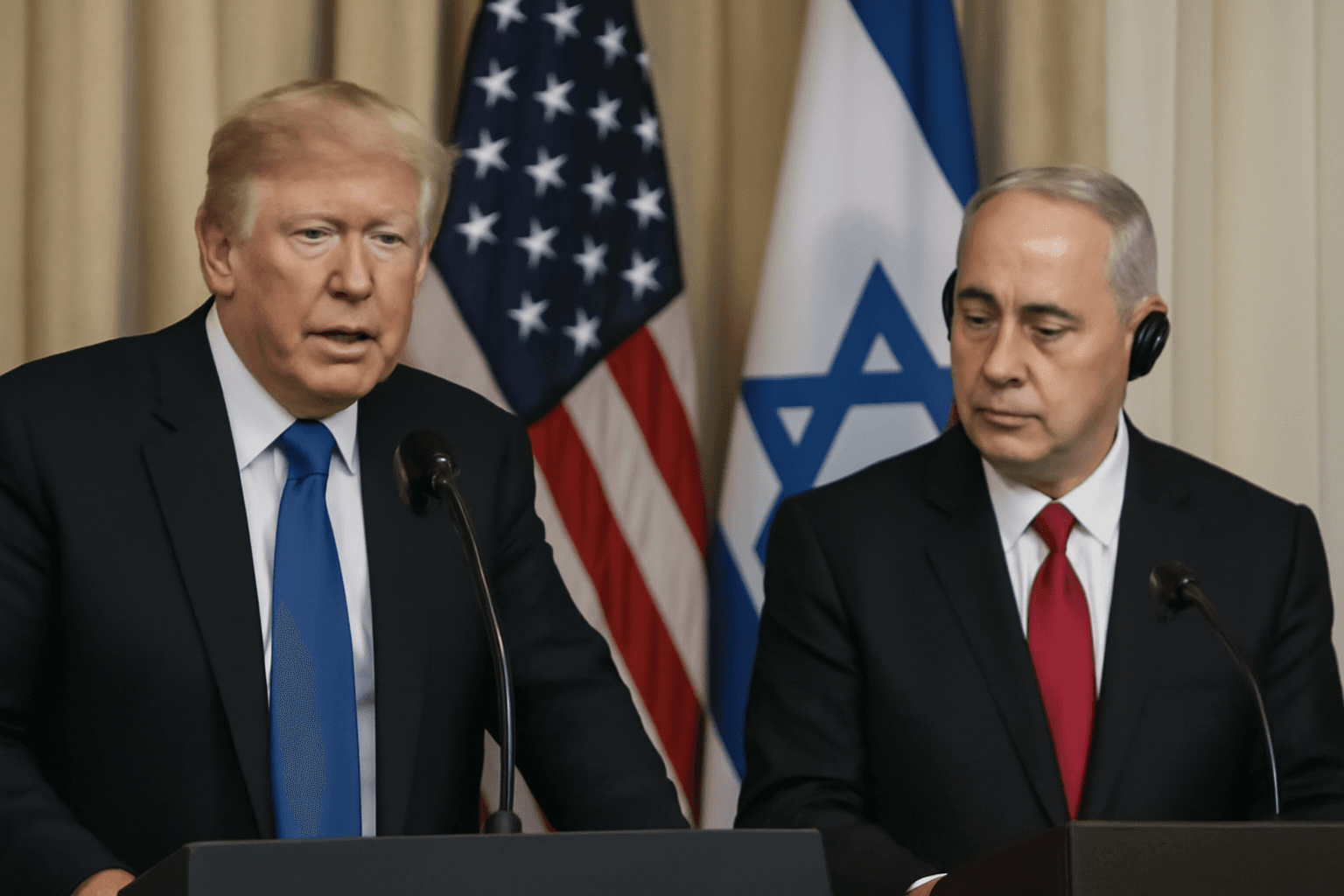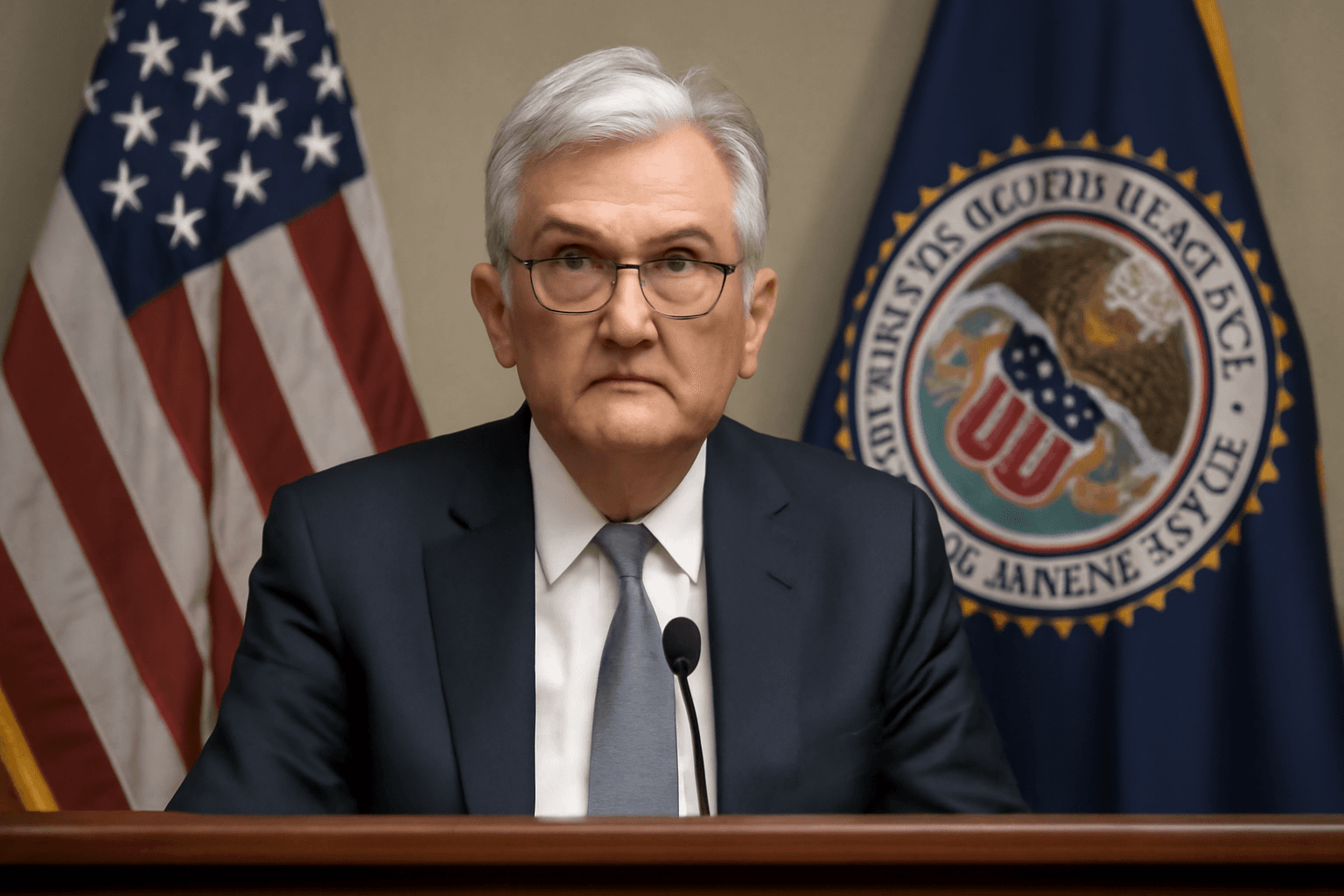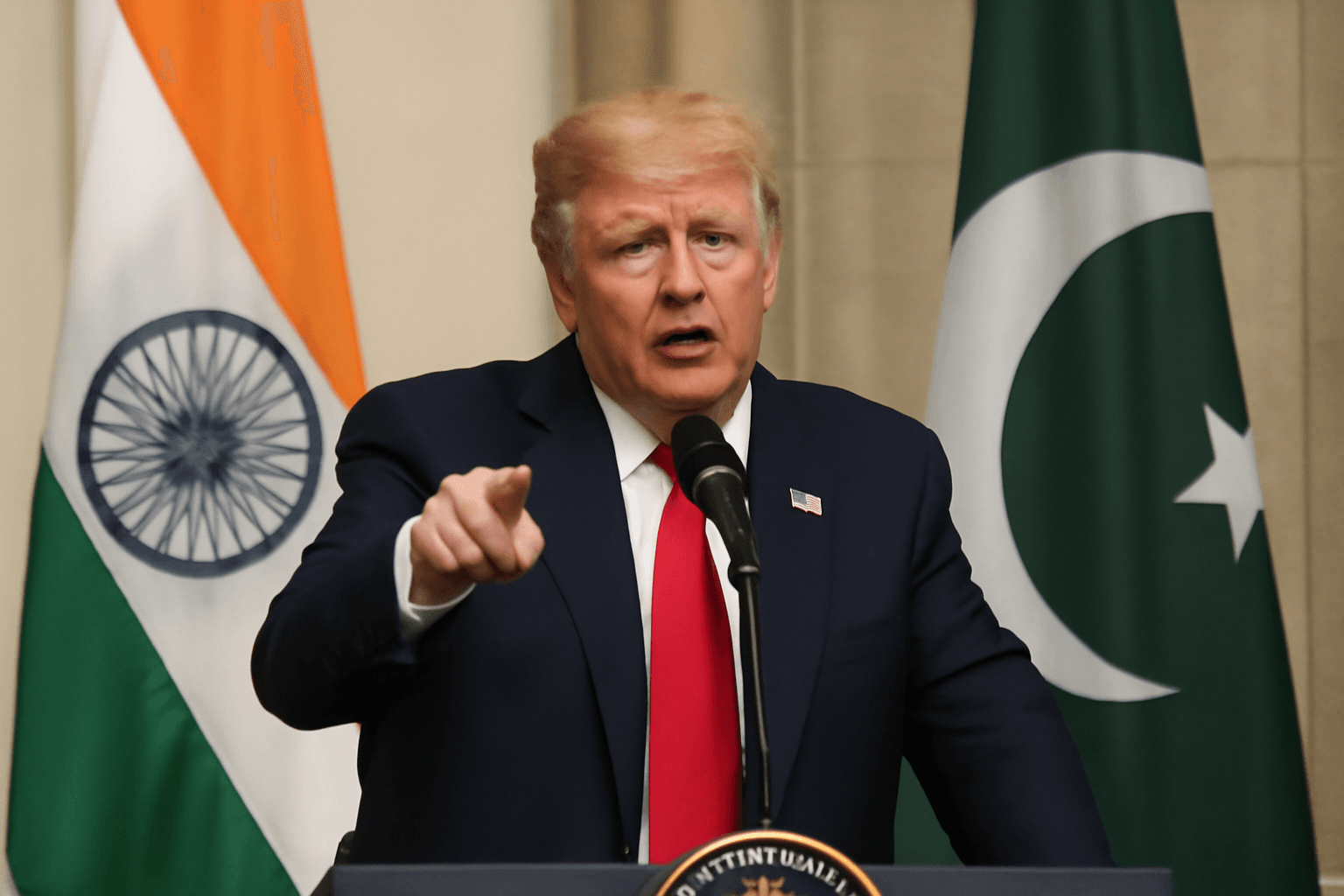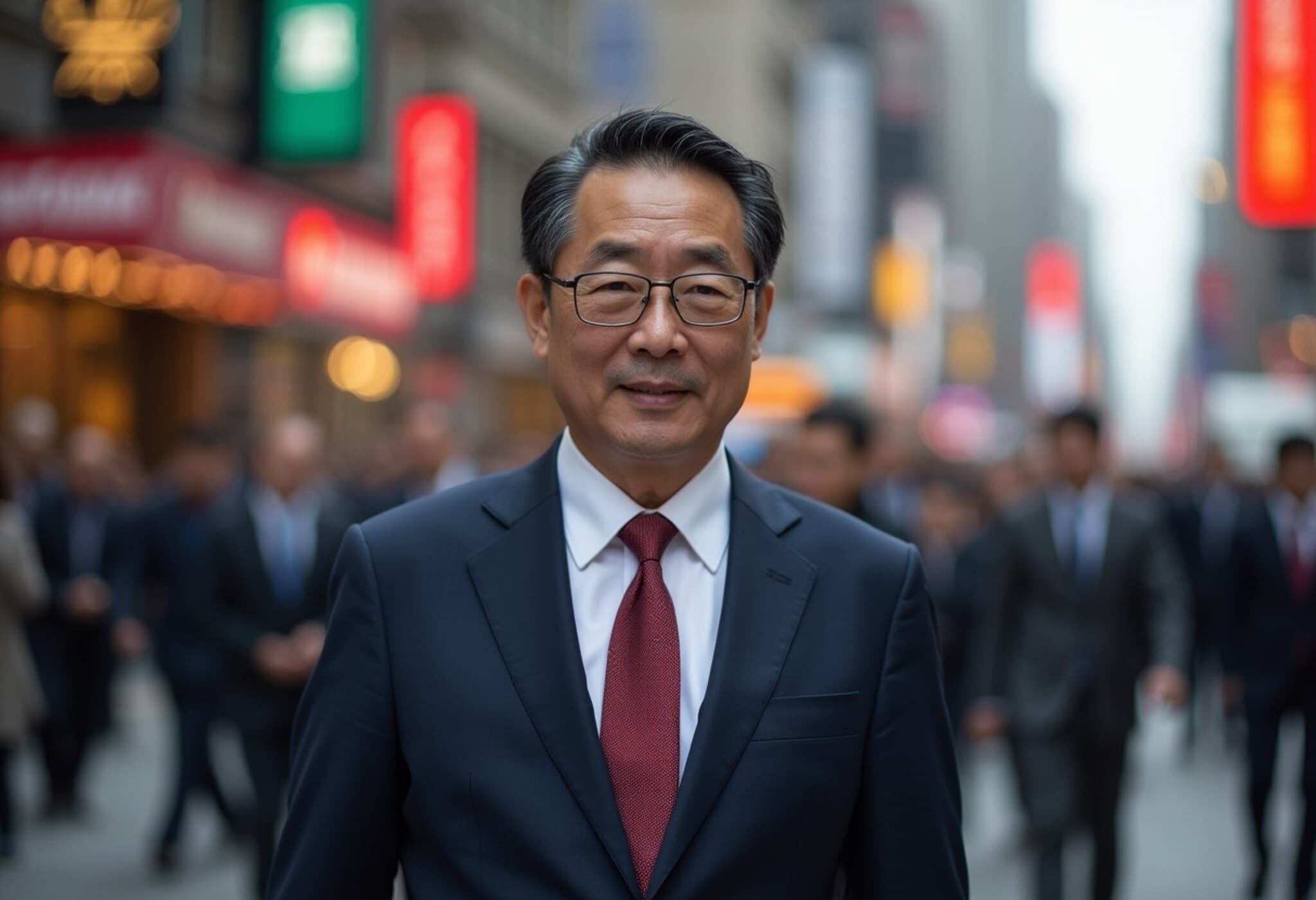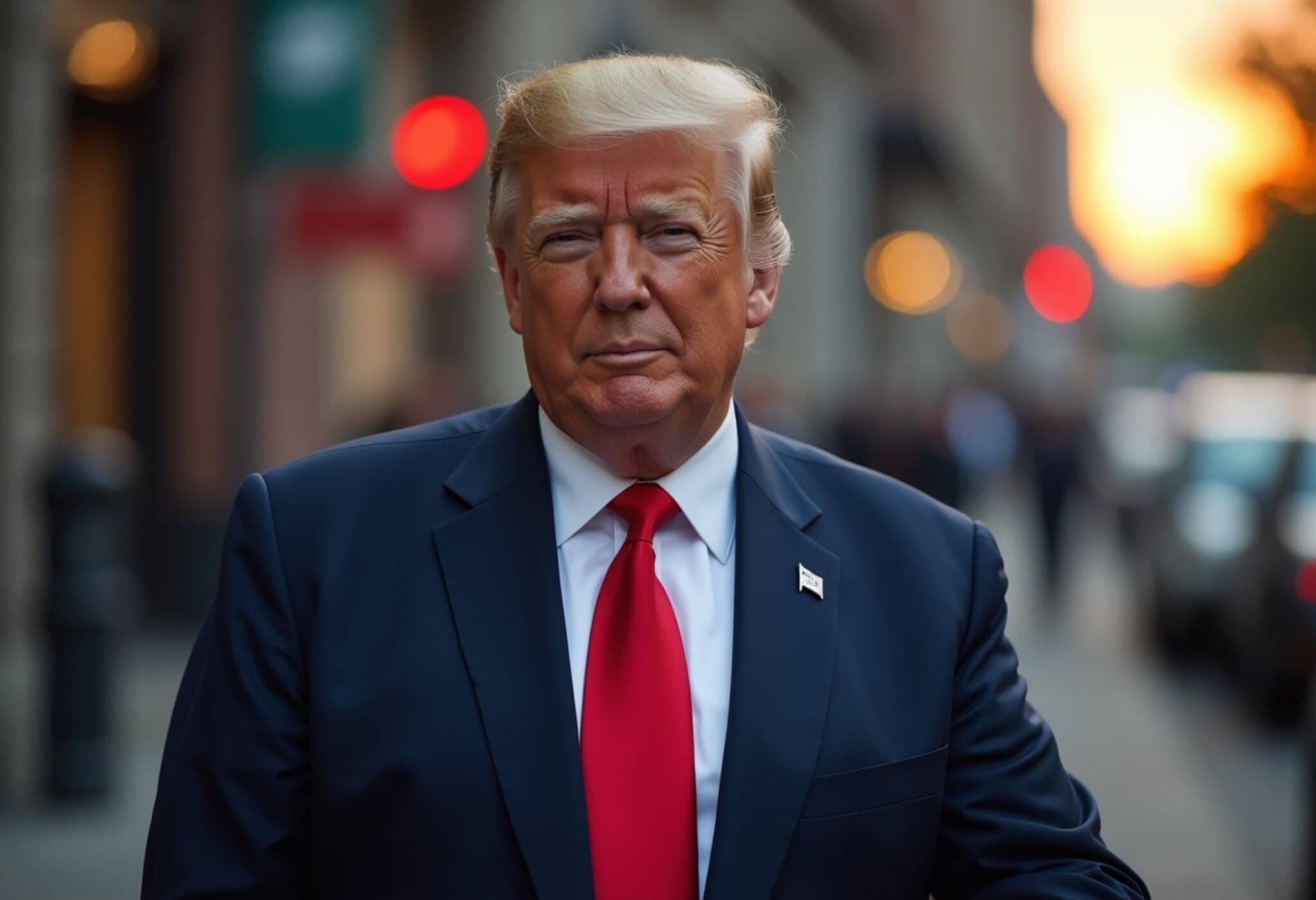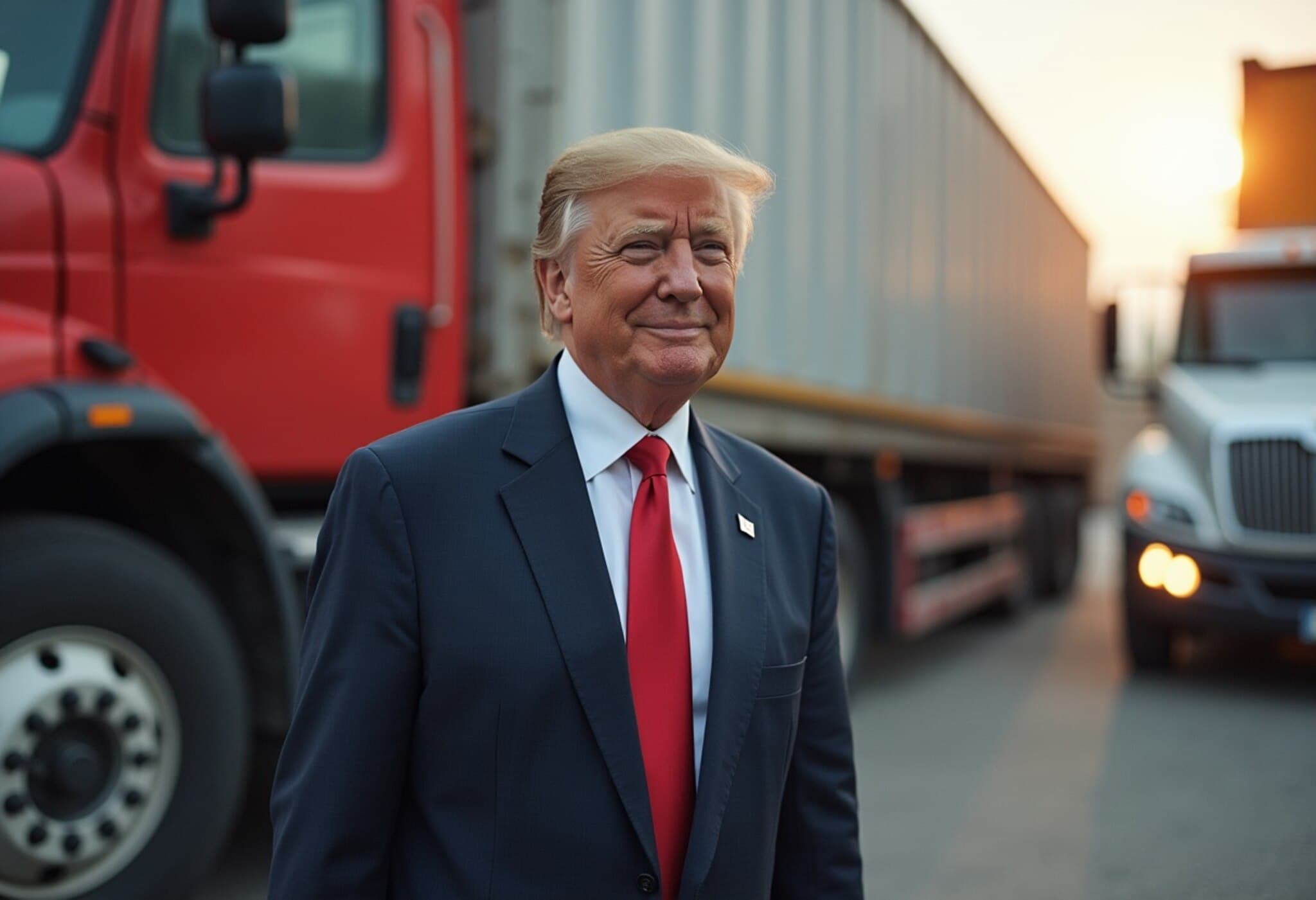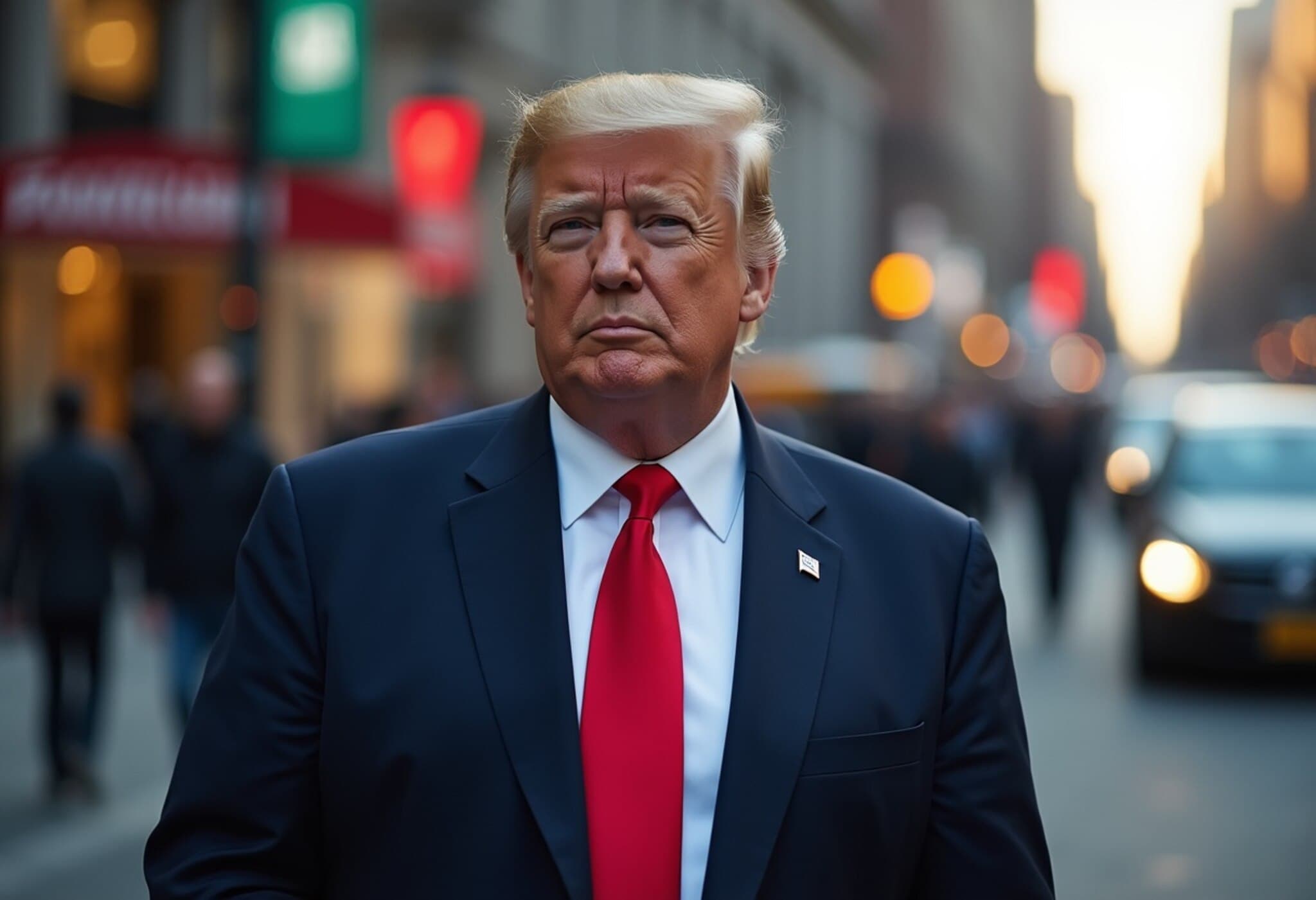Trump Imposes 25% Tariffs on Japan and South Korea: Allies or Adversaries?
In a bold and controversial move, US President Donald Trump announced new 25% tariffs on longtime allies Japan and South Korea on July 7, 2025, deepening tensions within some of America’s most vital strategic partnerships. This directive, part of an expanded reciprocal tariff policy, has left many questioning whether the US is inadvertently alienating its closest partners while soft-pedaling traditional adversaries.
Straining Bonds Amidst the Indo-Pacific Pivot
Both Japan and South Korea are not only key contributors to the US economy—ranked as the sixth and seventh largest trading partners respectively—but also critical security allies under mutual defense treaties. Together, they represent about 60% of the $465 billion trade volume impacted by the newly announced tariffs imposed on 14 countries.
The tariffs starkly contrast with President Trump's approach towards nations like Russia, North Korea, and Iran, which have been exempted or charged significantly lower tariffs. Such a policy raises alarms about America’s consistency in its global alliances and strategic goals, especially in the Indo-Pacific. Experts warn this could undermine coordinated efforts to counterbalance China's growing influence in the region.
Economic and Strategic Implications
- Economic Impact: Japan and South Korea supply vital goods including automobiles, semiconductors, pharmaceuticals, and advanced machinery to the US market. Tariffs risk increasing consumer prices and supply chain disruptions.
- Security Concerns: Challenging key allies with tariffs could erode trust and cooperation on critical defense initiatives amidst rising geopolitical tensions.
- Market Reaction: Following the announcement, major US stock indices including the S&P 500 and Nasdaq 100 dropped by approximately 0.8%, while the currencies of Japan, South Korea, and South Africa declined more than 1% against the US dollar.
Disparities in Tariff Policy: Allies Versus Adversaries
The administration’s rationale for excluding adversaries like Russia from tariffs—that existing sanctions and conflicts have already stifled trade—does not fully align with trade data. Despite conflicts, the US-Russia trade for 2024 was valued at around $3.5 billion, including exports of medical supplies and imports of chemicals and fertilizers.
Similarly, trade with Iran and North Korea, though limited, continues in essential sectors, undermining claims that American economic engagement with these nations is negligible.
Moreover, the tariff disparities extend to countries frequently seen as close partners. For example, while Israel faces a 17% tariff, Iran—its ideological adversary—has a significantly lower 10% tariff, sparking criticism from diplomatic circles.
Potential Fallout and Broader Questions
This latest wave of tariffs raises critical questions about the US’s long-term strategic priorities:
- Can the administration maintain a credible Indo-Pacific strategy if it antagonizes its central allies economically?
- How will allies respond? Will retaliatory tariffs or reduced cooperation become the norm?
- Does selectively sparing geopolitical adversaries while punishing partners undermine the US’s principled stance on trade and diplomacy?
Critics argue that such trade policies risk undercutting American economic interests and global credibility. Businesses dependent on smooth supply chains, as well as consumers who might face higher prices, bear the brunt of these tariffs.
Expert Insight: Navigating Complex Trade and Security Ties
From a policy analyst’s perspective, the tariffs highlight the tangled balance the US government faces between domestic economic concerns and international alliance management. The tariffs’ blunt approach overlooks the nuanced dependencies embedded in global supply chains and the value of strong partnerships in maintaining geopolitical stability.
Trade economist Dr. Laura Chen notes, "While protecting domestic industries is vital, alienating key allies through punitive tariffs risks long-term costs far exceeding short-term gains. A coordinated, multilateral approach would better serve both economic and security objectives."
On the security front, retired Admiral James Foster explains, "Trade and defense alliances are intertwined. Trust and reciprocity in one sphere reinforce cooperation in the other. Disrupting the economic ties can have a ripple effect on collaborative defense arrangements critical to countering emergent threats."
Looking Ahead: What This Means for the Global Order
As the US heads toward the August 1 deadline for potential negotiations, the atmosphere remains fraught. Although President Trump has hinted at further extensions, threats of additional tariffs if retaliatory measures arise have heightened anxieties among impacted nations.
In a globalized economy, protectionist moves carry broad implications. The current tariffs serve as a test case on how the US manages its role as a leader balancing economic nationalism with collective security needs.
Editor’s Note
This turning point in US trade policy underscores a complex challenge: safeguarding domestic economic interests while maintaining influential global partnerships. As tensions rise, how the US reconciles these competing priorities could shape not only the economic landscape but regional security architecture for years to come. Observers should watch for ally responses and potential shifts in trade diplomacy, as the consequences extend beyond tariffs and into the realm of trust and geopolitical alignment.

